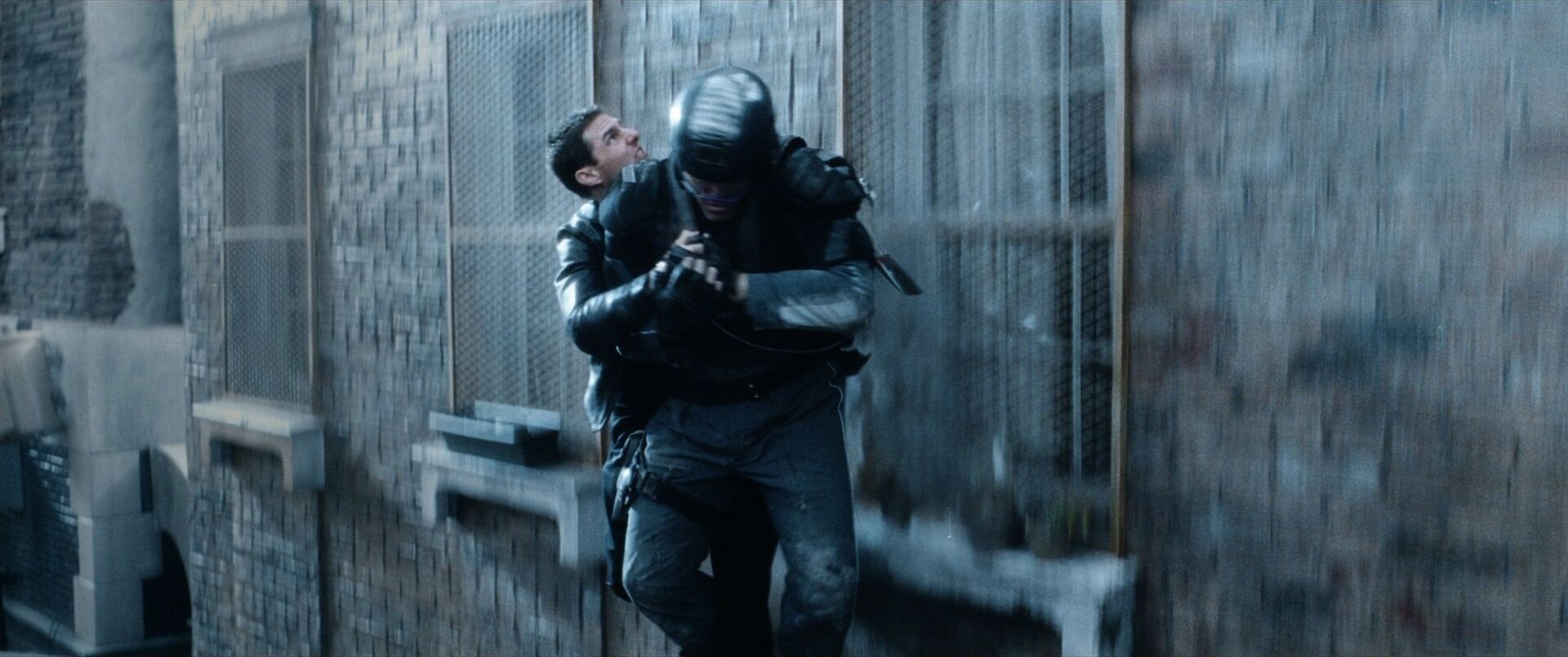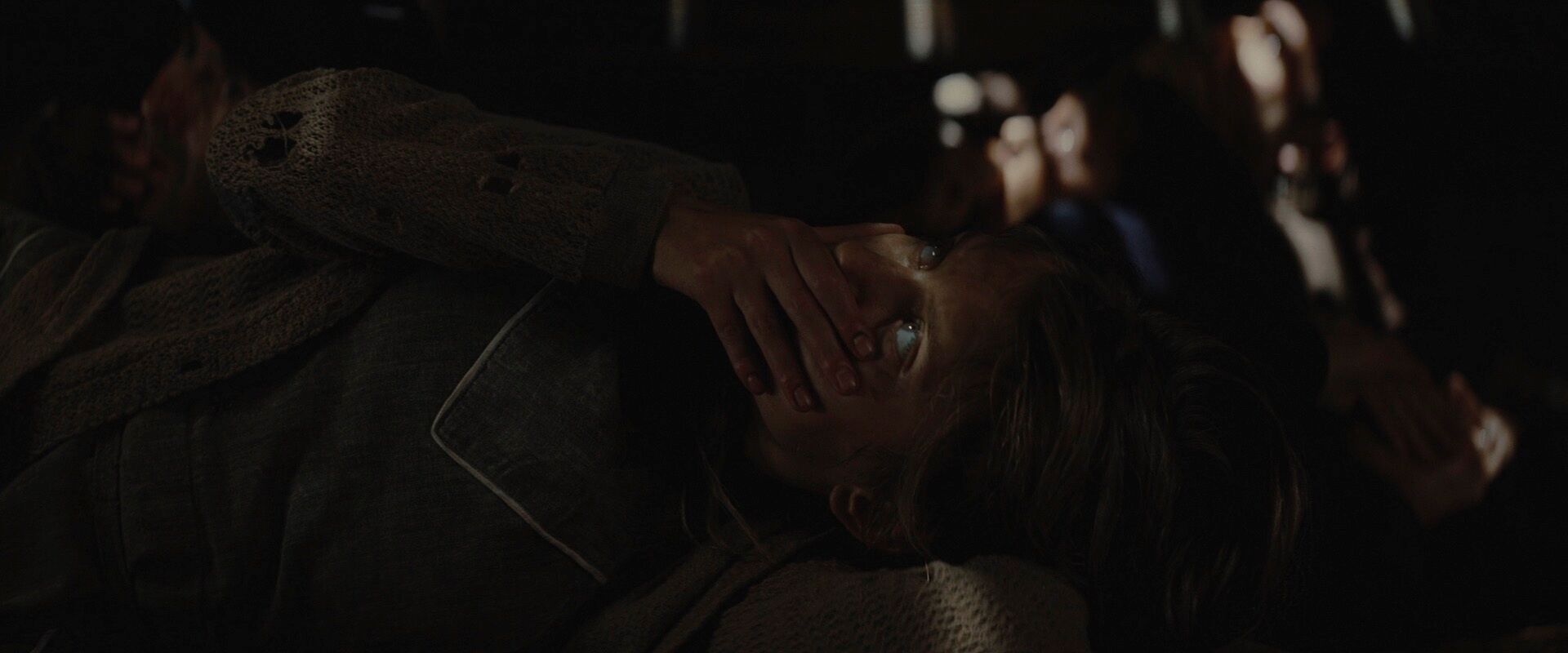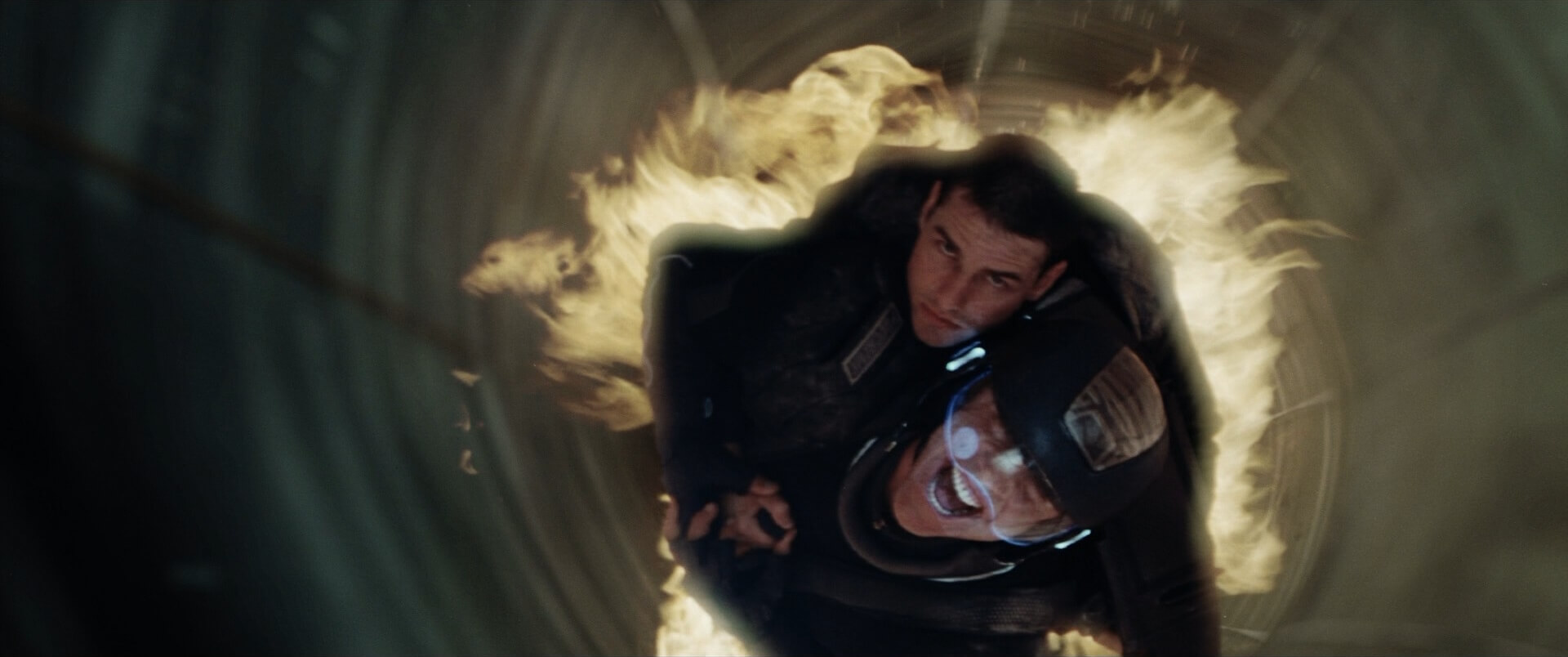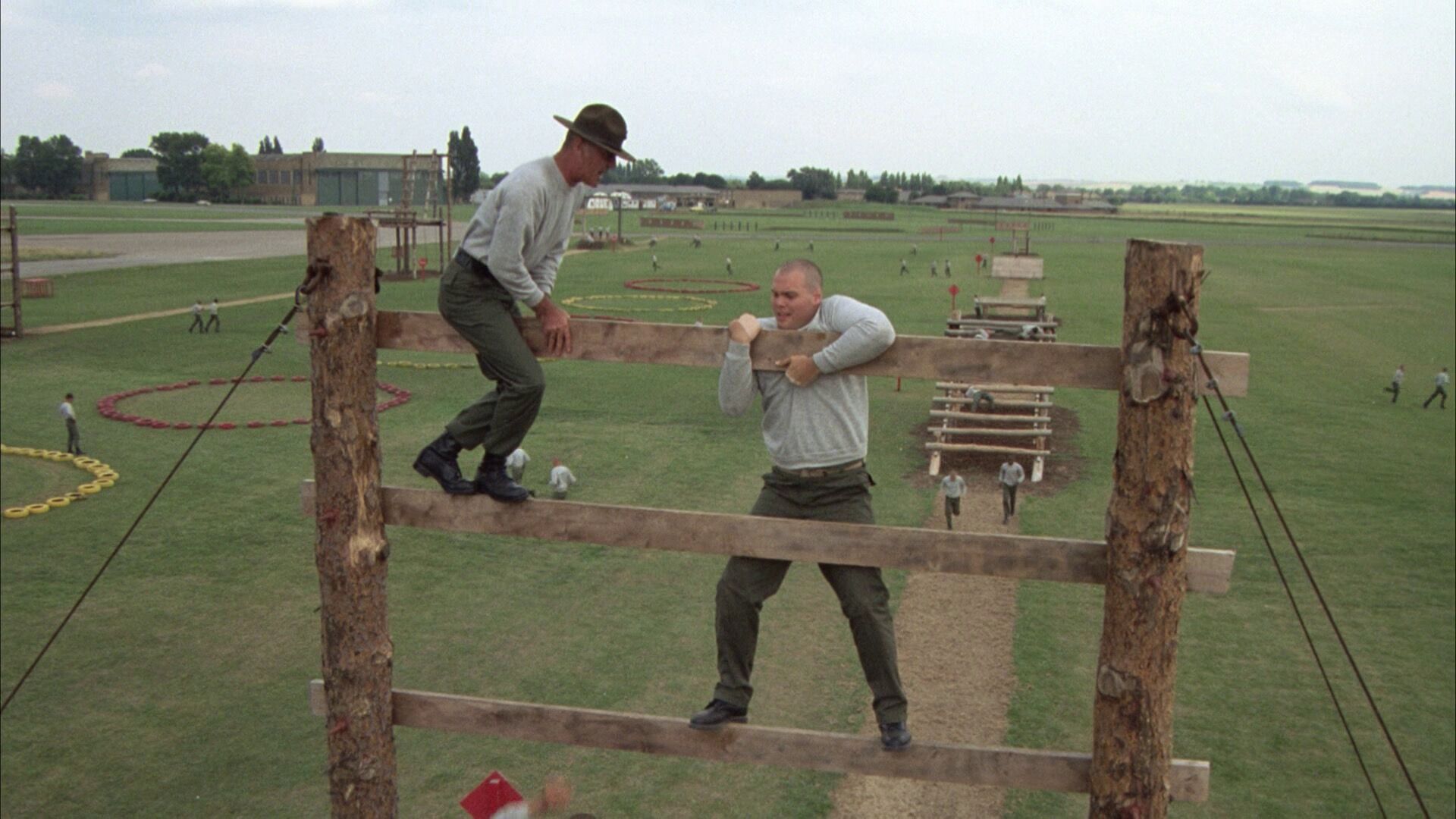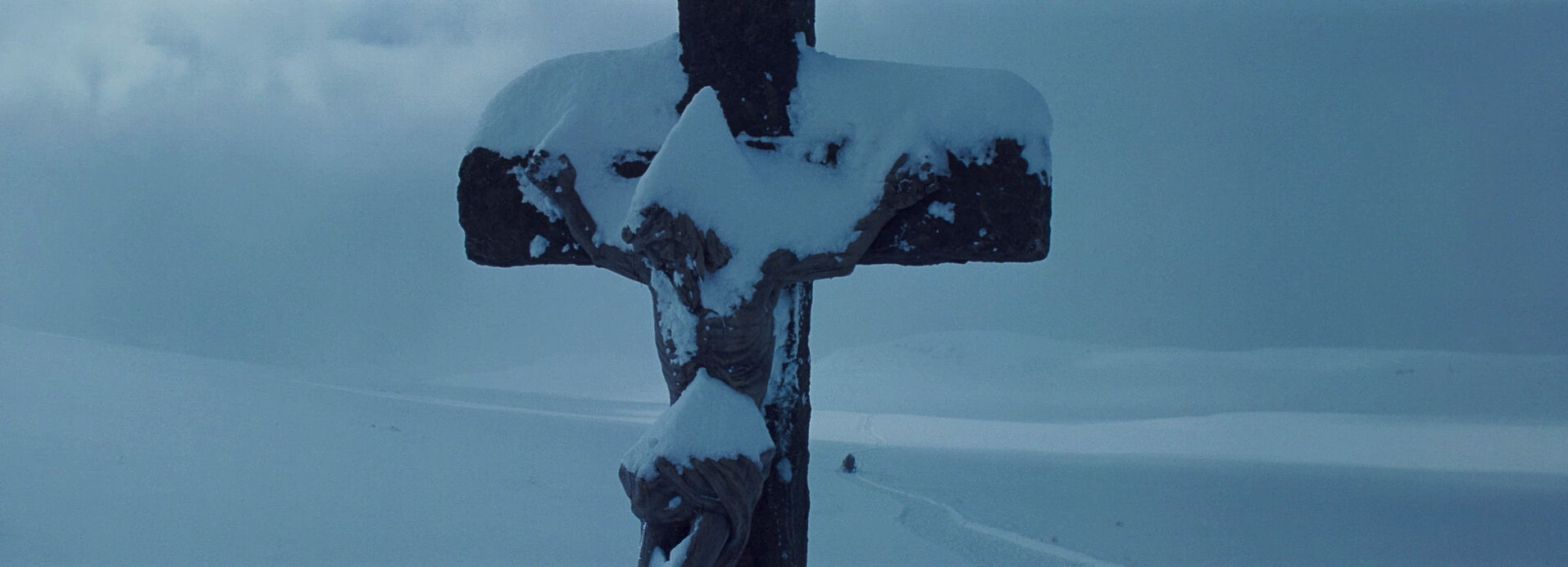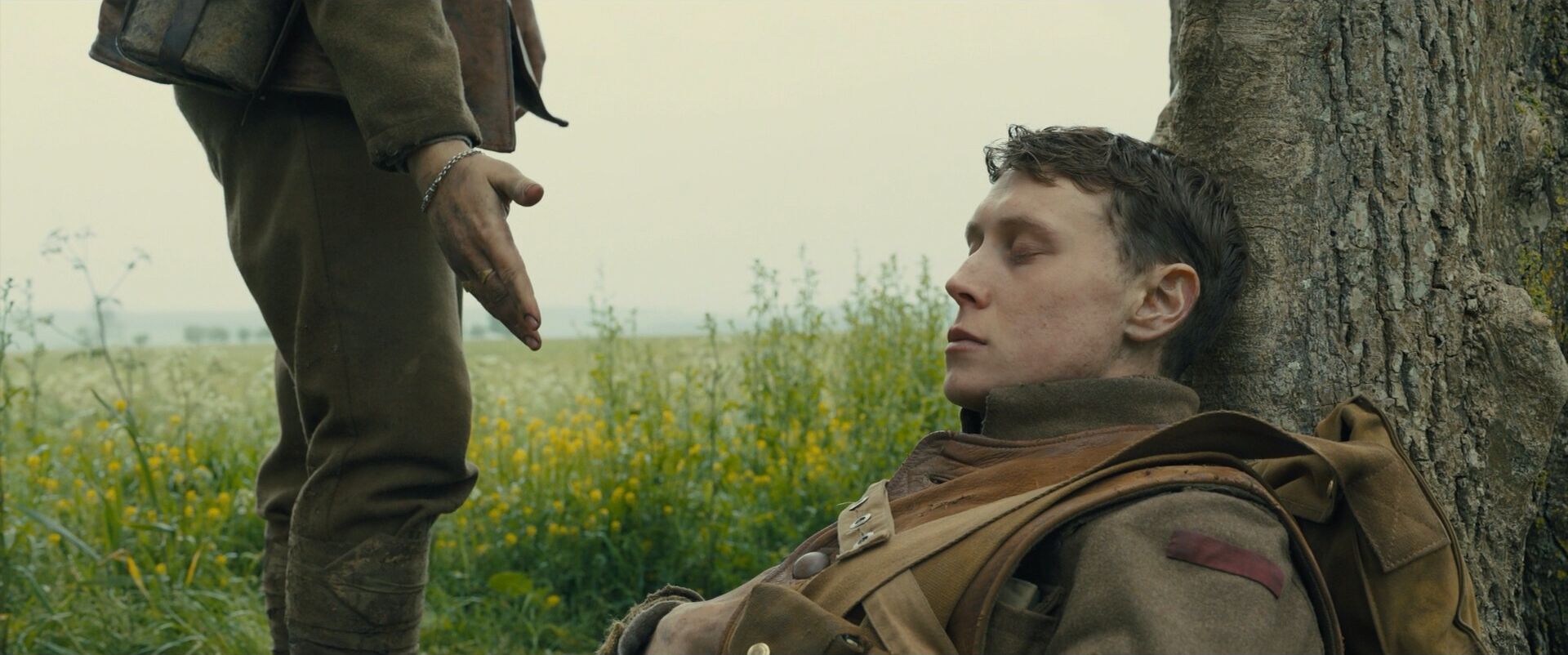home → Camera Movements → Pedestal Shot
— The —
Pedestal Shot
There is a wide variety of camera shots. Some involve placement of the subject, some involve moving the lens, and others involve how the camera itself moves. Pedestal shots involve moving the camera itself. Read on to learn what a pedestal shot is, and how to incorporate it into your work.
Pedestal shot definition
What is a Pedestal Shot?
Let’s explore a pedestal shot’s meaning: A pedestal shot, sometimes called a boom shot or vertical tracking shot, is when the camera itself is moved up or down without tilting the lens.
For an in-depth exploration of this technique, check out our full guide to pedestal shots, complete with examples and breakdowns of how to get a pedestal shot.
Pedestal shot in film
Pedestal shot examples
It’s helpful to see pedestal shots in action before exploring how they operate within visual storytelling. Browse this curated selection of pedestal shots to get a sense of their uses across films.
Establish size or scale
Follow vertical movement
Show power dynamics
Slowly reveal information
Uses
What does a Pedestal Shot do?
Pedestal shots can be used for a variety of story reasons.
Follow the action up and down
If the action moves vertically, a pedestal shot can be used to follow it. This is often used in superhero films where characters can fly.
Show a status differential
By using a pedestal shot, a filmmaker can convey how a character feels about another character, or their power dynamic. By tilting up to show one character, they may seem bigger or more in power.
Create excitement
A pedestal shot can be used to reveal a subject bit by bit, which creates more drama. Older horror movies often use a pedestal shot to show a giant monster’s full scale inch by inch.
Show how big or small something is
A pedestal shot can establish the size of something to scale. Pedestal shots are common in classic monster movies, as the camera tilts up to reveal the massive size of the monster.
Pedestal camera movement
Pedestal Shot vs Tilt Shot
What is the difference between a tilt and a pedestal shot?
The difference between a pedestal shot and a tilt shot is in how the camera itself moves. In a pedestal shot, the entire camera physically moves up or down, and the camera itself stays level the whole time. In a tilt shot, the camera doesn’t move up or down. Instead, it moves the lens up or down. Think of it like this: A pedestal shot is like you taking the elevator up to another floor - your whole body goes up. A tilt shot is like you looking up to see something - just your head is moving.

Case Study
Shot listing a Pedestal Shot
A pedestal shot is a great way to capture vertical action. In this scene from “The Lord the Rings,” director Peter Jackson uses a pedestal shot to convey the massive size of a statue.
Click the shot list below to take a closer look at the entire scene.
Pedestal shots can be a great way to awe, scare, or excite your audience, but combining them with other techniques can create some really dynamic outcomes for your film.
Unexpected combos
How can you use a pedestal shot with other camera techniques?
How to combine a pedestal shot
Pedestal shots are a great way to show the audience scale, establish power dynamics, or even slowly reveal key information in the story. While impactful on their own, they gain even more power when paired with other techniques. Here are some creative ways pedestal shots can be combined with different cinematic approaches:
- Pedestal up shot: A pedestal up shot is when the camera goes up. This is often used to follow a subject standing up or flying, and can be used to make the subject seem powerful.
- Pedestal down shot: A pedestal down shot is when the camera lowers. This is often used to follow a subject sitting or falling, and can be used to reveal something hidden below the frame, or make a subject seem small.
- Pedestal tracking shot: This is when the camera moves up or down while also tracking a subject. A common use is following a subject up or down a staircase.
- Pedestal panning shot: This is when the camera moves left or right while also moving up or down. A common use is following a subject diagonally.
- Pedestal dolly shot: This is a pedestal shot on a dolly. While the camera is moving up or down, it is also moving toward or away the subject. It’s often used to follow a character moving vertically and horizontally at the same time.
- Pedestal reveal shot: This type of pedestal shot has the camera move vertically to slowly reveal something in the frame. A good example might be that a character is holding a weapon in their hand. A pedestal shot that moves down will eventually reveal the weapon. The suspense while the camera moves adds drama to the scene.
Frequently asked questions about the pedestal shot
A pedestal shot is when the entire camera moves up or down without tilting the lens. This changes the height of the shot, but not the angle, since the camera stays level.
A high angle shot can convey a range of meanings depending on the context of the scene. If a character is feeling inferior or vulnerable, or if they are beaming with happiness, a high angle shot can help accentuate those characteristics and emotions.
In a pedestal shot, the entire camera physically moves up or down while keeping the lens level. The camera does not move in a tilt shot - only the lens moves up or down.
Filming a pedestal shot involves mounting the camera on a rig that can move up and down, such a jib or crane.




